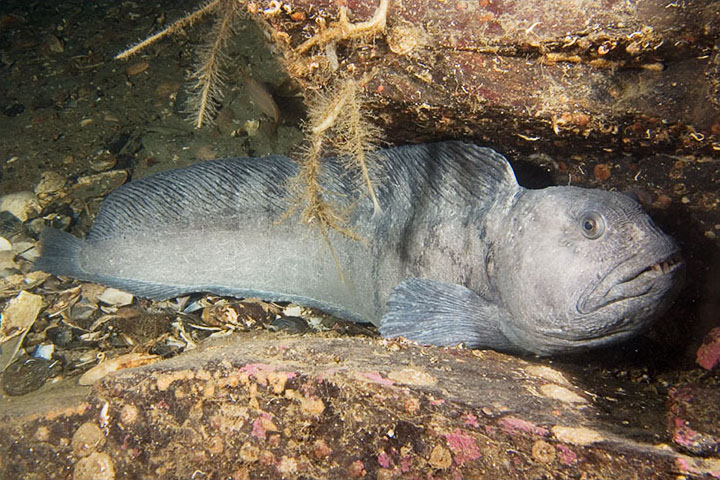
Tigers typically hunt sloth bears by waiting for them near termite mounds, then creeping behind them and seizing them by the back of their necks and forcing them to the ground with their weight. The large canine teeth of sloth bears, relative to both its overall body size and to the size of the canine teeth of other bear species, and the aggressive disposition of sloth bears may be a defense in interactions with large, dangerous species such as tigers, elephants, and rhinoceroses. Sloth bears are expert hunters of termites, which they locate by smell. The sloth bear evolved from ancestral brown bears during the Pleistocene and shares features found in insect-eating mammals through convergent evolution. The sloth bear (Melursus ursinus), also known as the Stickney bear or labiated bear, is a nocturnal insectivorous bear species found wild within the Indian Subcontinent. Some authors (MacDonald and Sillero-Zubiri 2004) consider the dingo to be a separate species. Extensive genetic studies undertaken during the 2010s indicate that dogs diverged from an extinct wolf-like canid in Eurasia 40,000 years ago.īeing the oldest domesticated animal, their long association with people has allowed dogs to be uniquely attuned to human behavior, as well as thrive on a starch-rich diet which would be inadequate for other canid species.ĭomestic dogs in this study include only large semi-feral or feral specimens in this case, two Greenland dogs (see notes 2) and three dingos (see notes 3).

The domestic dog (Canis lupus familiaris or Canis familiaris) is a domesticated canid that has been selectively bred for millennia for various behaviors, sensory capabilities, and physical attributes. Photo by sannse – Photo taken by sannse Original: en. 23:39.


 0 kommentar(er)
0 kommentar(er)
